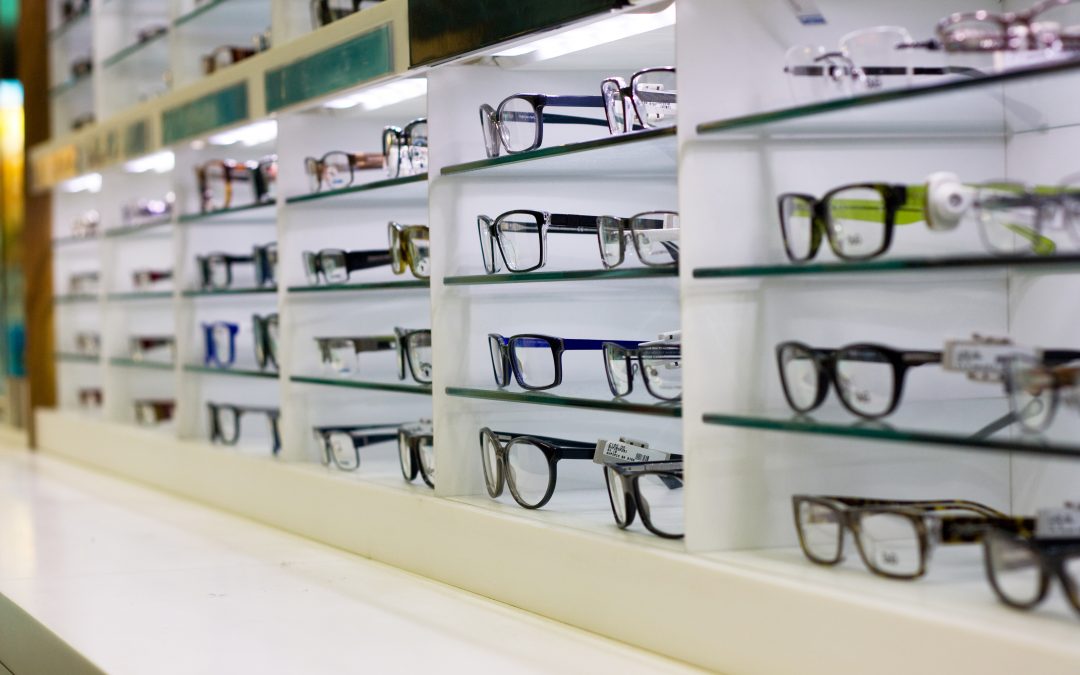Eyeglasses have long been one of the most essential accessories for people across the globe. Whether you’re reading, working, driving, or simply enjoying a movie, clear vision is critical. Buy Men’s prescription glasses provide a reliable solution to a variety of vision problems, offering comfort and clarity while enhancing a person’s overall appearance and confidence. This article explores the importance of eyeglasses, their benefits, and the advancements in design and technology that have made them indispensable in today’s world.
A Brief History of Eyeglasses
The use of eyeglasses dates back to the late 13th century, with the first spectacles being crafted in Italy. Originally, they were simple convex lenses used primarily to correct farsightedness. Over time, advances in optical science allowed for the development of lenses that could correct nearsightedness, astigmatism, and other visual impairments. Today, eyeglasses are more sophisticated, designed not only for function but also as a fashion statement, catering to various styles, face shapes, and personal preferences.
Why Eyeglasses Matter
- Correcting Vision Problems
The most obvious benefit of eyeglasses is their ability to correct vision problems such as myopia (nearsightedness), hyperopia (farsightedness), astigmatism, and presbyopia (age-related farsightedness). Without the help of eyeglasses, everyday tasks like reading, driving, or even recognizing faces can be challenging. Eyeglasses provide immediate relief by refracting light properly onto the retina, ensuring sharper vision. - Reducing Eye Strain
Digital screens are a significant part of modern life, and prolonged exposure can cause digital eye strain or computer vision syndrome. Symptoms include headaches, dry eyes, and blurred vision. Specially designed lenses, such as blue light-blocking glasses, help to reduce the strain caused by digital devices, providing comfort to the wearer during long working hours. - Protection from UV Rays
Many eyeglasses come with protective coatings that shield the eyes from harmful ultraviolet (UV) rays. Overexposure to UV rays can lead to conditions like cataracts and macular degeneration. With UV-protective lenses, individuals can protect their eyes from potential damage, making eyeglasses more than just a tool for correcting vision. - A Fashion Statement
Eyeglasses are no longer just functional; they have become an essential accessory in the fashion world. Available in a wide range of frames, shapes, and colors, they allow individuals to express their personality and style. From sleek minimalist designs to bold, statement-making frames, eyeglasses can complement any outfit, giving the wearer a polished look.
Types of Eyeglass Lenses
There are several types of eyeglass lenses available, each catering to different vision needs. These include:
- Single Vision Lenses
These lenses have the same power throughout and are used to correct either nearsightedness or farsightedness. - Bifocal Lenses
Bifocal lenses provide correction for both distance and near vision in one lens, with a visible line separating the two prescriptions. - Progressive Lenses
Also known as no-line bifocals, progressive lenses offer a gradual change in power, allowing the wearer to see clearly at multiple distances without the noticeable lines seen in bifocals. - Blue Light Blocking Lenses
These lenses are designed to block blue light from screens, reducing eye strain and improving comfort for those who spend long hours working on computers or mobile devices. - Transition Lenses
Transition lenses automatically darken when exposed to sunlight, functioning as both regular eyeglasses and sunglasses. This feature provides convenience for those who spend time both indoors and outdoors.
Eyeglasses and Technology
The eyeglass industry has embraced technological advancements, providing more than just corrective lenses. Smart glasses, for example, have emerged as a fusion of fashion and technology. These innovative glasses come equipped with features such as audio, touch controls, and voice commands, offering a blend of convenience and futuristic functionality. Augmented reality (AR) glasses are also gaining popularity, allowing users to access real-time information or entertainment directly through their lenses.
Another exciting development is the use of lightweight and durable materials in eyeglass frames. Titanium, acetate, and carbon fiber have replaced heavier materials, making glasses more comfortable to wear for long periods. These materials are not only strong but also hypoallergenic, making them suitable for individuals with sensitive skin.
